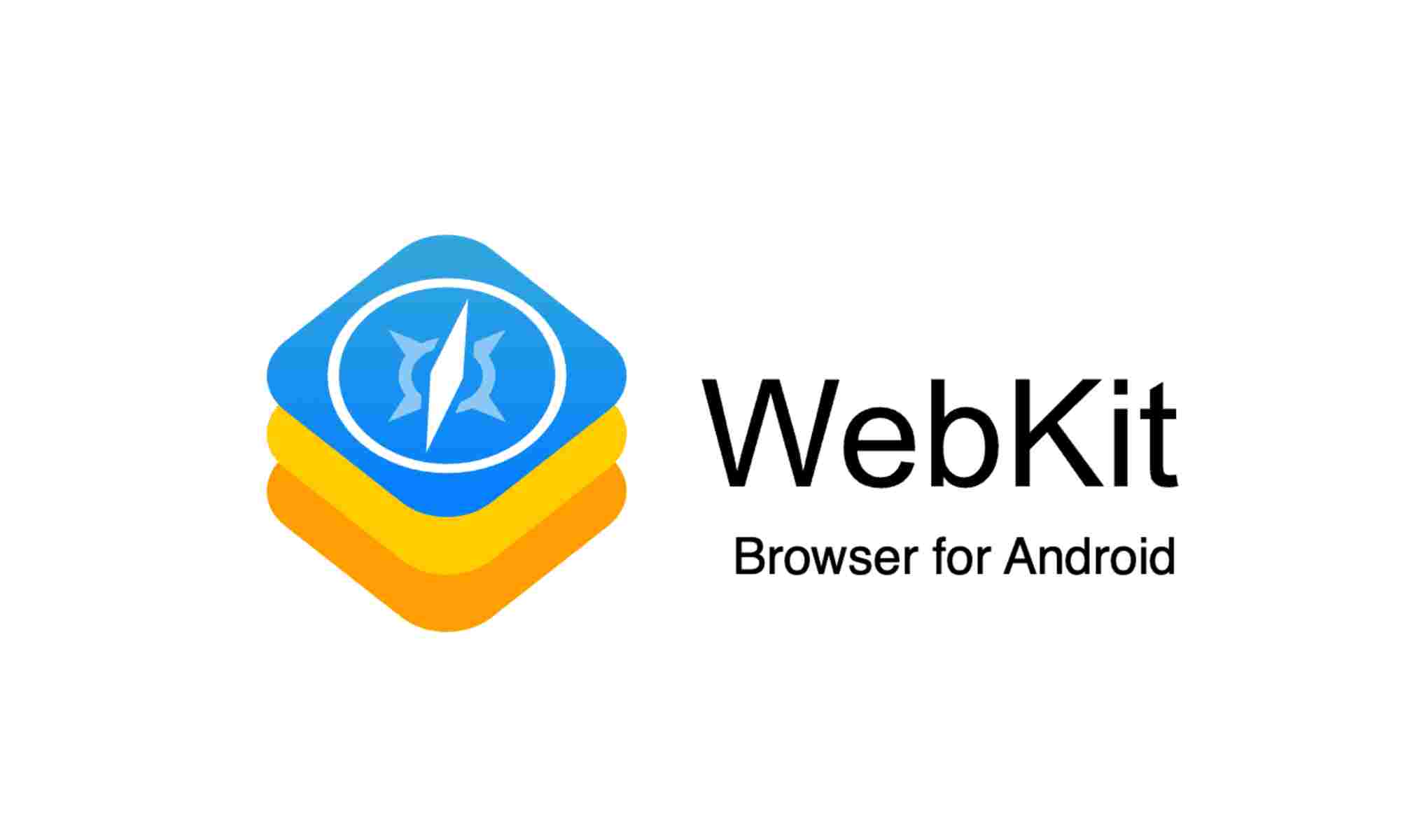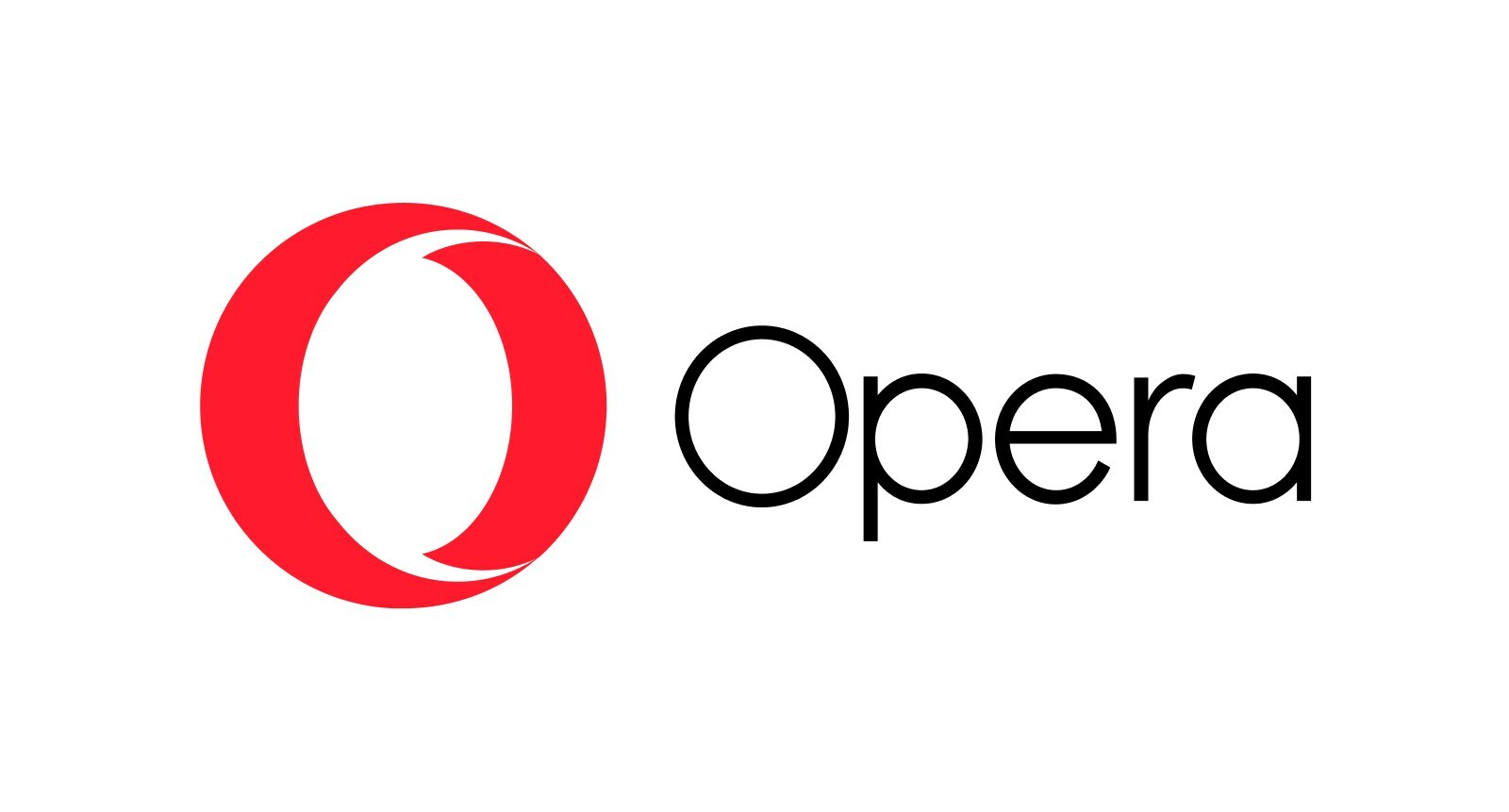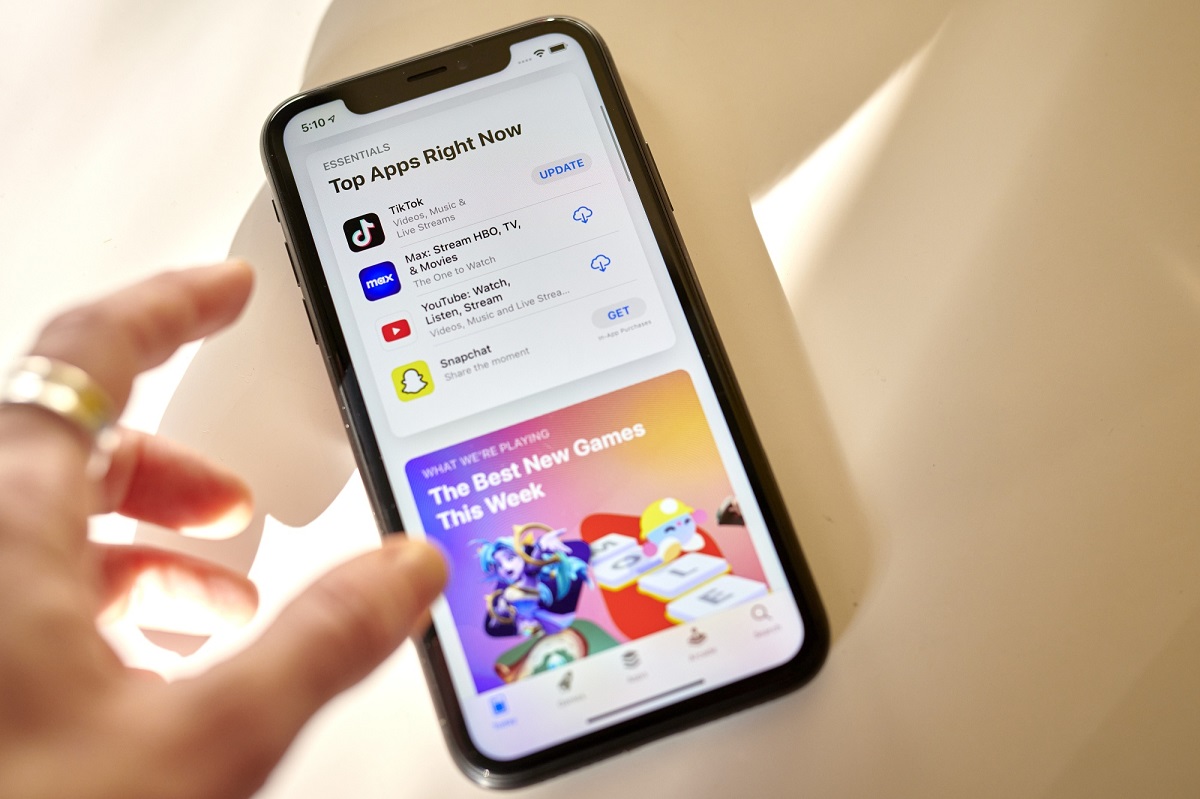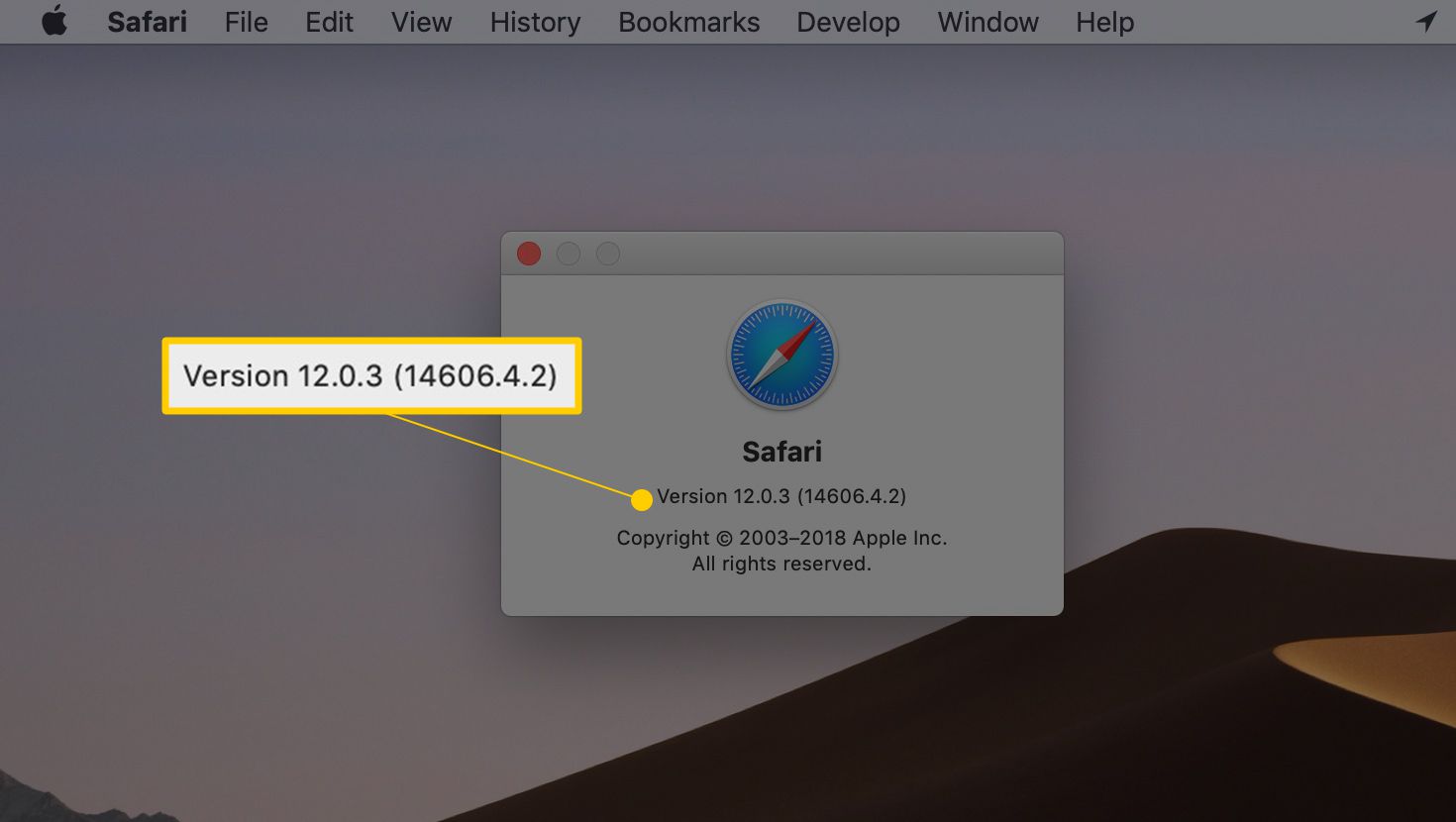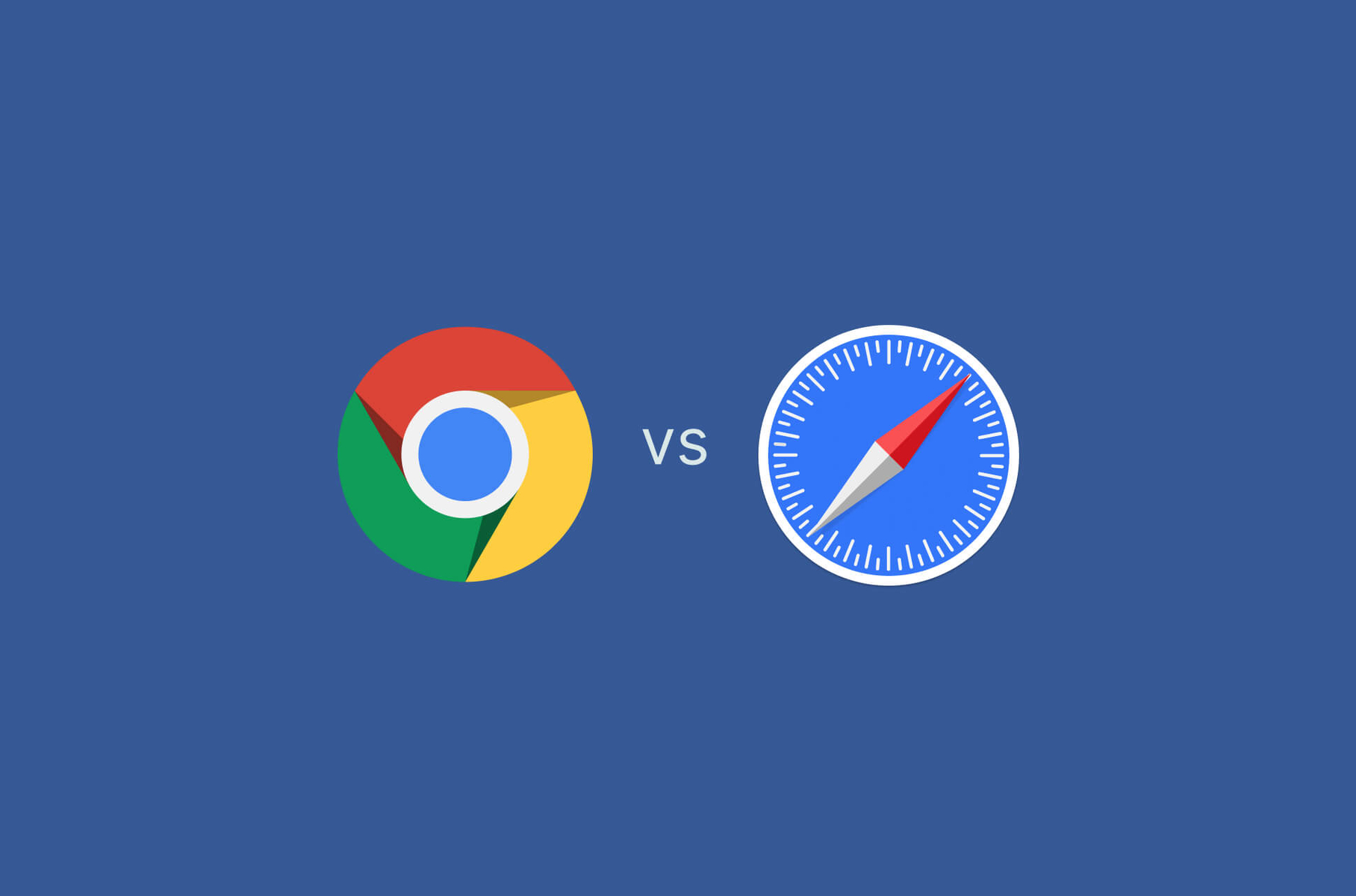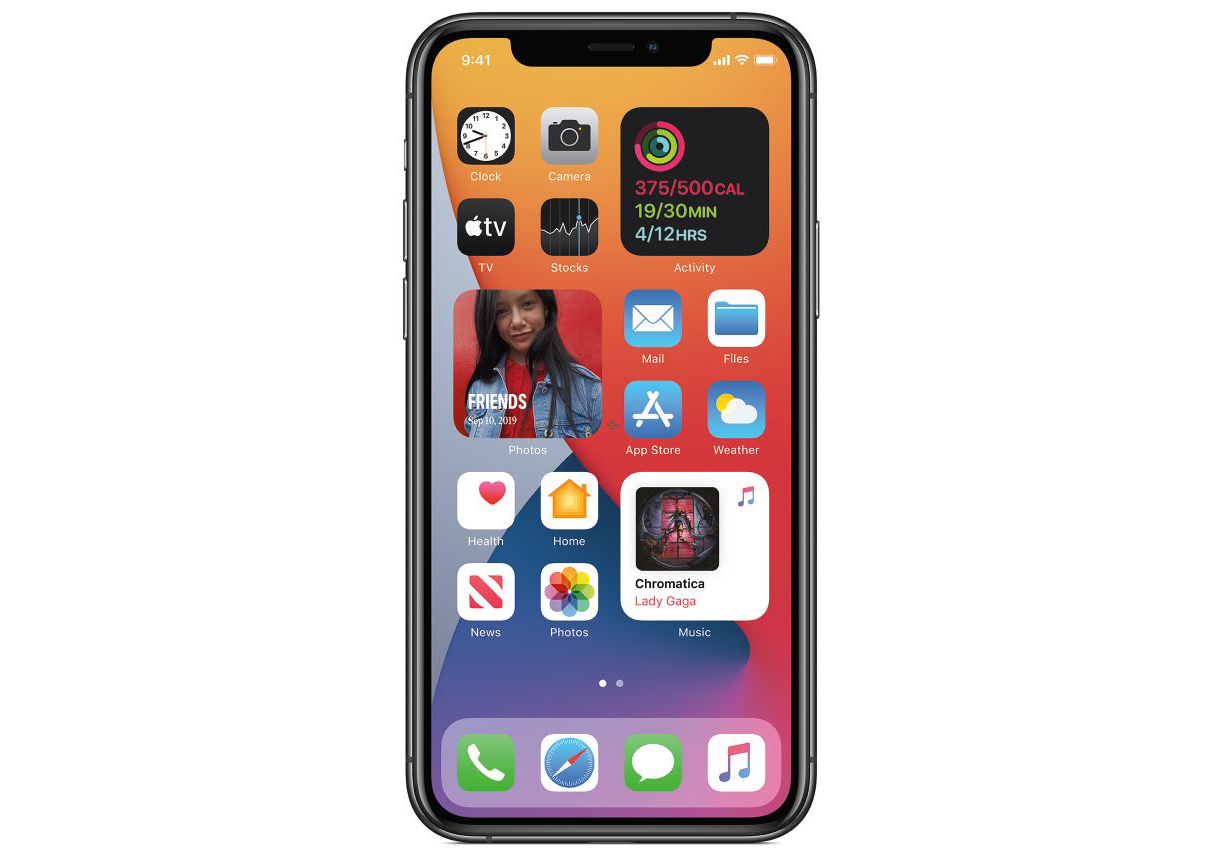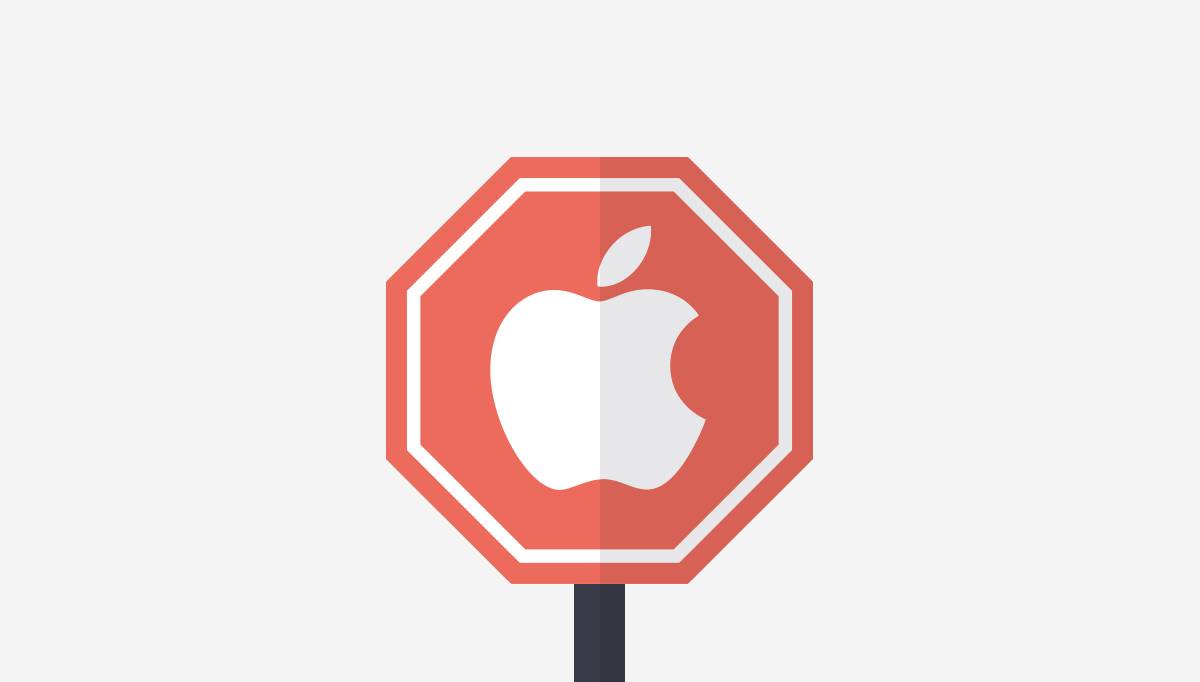Introduction
Webkit browsers have become an integral part of our daily lives, shaping the way we access and interact with the internet. These browsers are built on the WebKit layout engine, which powers a wide range of web browsers across various platforms. From the seamless rendering of web pages to the support for modern web technologies, WebKit browsers have revolutionized the way we experience the web.
As the digital landscape continues to evolve, the significance of WebKit browsers cannot be overstated. They play a pivotal role in delivering a smooth and immersive web browsing experience, catering to the diverse needs of users worldwide. Whether you're a casual internet surfer, a tech enthusiast, or a professional web developer, understanding the fundamentals of WebKit browsers is essential for navigating the ever-expanding online realm.
In this article, we will delve into the history, features, advantages, and disadvantages of WebKit browsers, shedding light on their impact and relevance in today's digital age. Additionally, we will explore some of the popular WebKit browsers that have garnered widespread acclaim for their performance, security, and user-friendly interfaces. By gaining insights into the world of WebKit browsers, you'll gain a deeper appreciation for the technology that powers your online experiences.
History of Webkit Browser
The history of the WebKit browser traces back to the early 2000s when Apple Inc. sought to develop a robust and efficient rendering engine for its Safari web browser. The project aimed to create a layout engine that could deliver exceptional performance, rendering speed, and adherence to web standards. This led to the birth of WebKit, an open-source engine that rapidly gained traction in the web development community.
Initially derived from the KHTML (KDE HTML) engine, WebKit was propelled into the spotlight due to its remarkable capabilities and the emphasis on open standards. Apple's decision to open-source the WebKit project in 2005 marked a significant milestone, fostering collaboration and innovation within the web development ecosystem. This move not only facilitated transparency but also encouraged contributions from developers worldwide, leading to continuous enhancements and optimizations.
The evolution of WebKit has been closely intertwined with the advancements in web technologies and the ever-changing landscape of internet usage. Over the years, the WebKit project has undergone extensive refinements, incorporating support for HTML5, CSS3, and JavaScript advancements, thereby ensuring compatibility with modern web standards.
One of the pivotal moments in the history of WebKit was its adoption by Google for the development of the Chromium web browser. This strategic decision further propelled the prominence of WebKit, as Google's substantial contributions and utilization of the engine solidified its position as a leading force in the web browsing domain.
The widespread adoption of WebKit across various platforms, including macOS, iOS, and Linux, has cemented its status as a versatile and reliable rendering engine. Its adaptability and performance have made it the engine of choice for numerous web browsers, contributing to a more consistent and seamless browsing experience for users across different devices and operating systems.
In essence, the history of the WebKit browser is a testament to the collaborative spirit of the open-source community and the relentless pursuit of excellence in web rendering technology. Its journey from a derivative of KHTML to a cornerstone of modern web browsing exemplifies the enduring impact of innovation and collective effort in shaping the digital landscape.
Features of Webkit Browser
WebKit browsers boast a myriad of features that contribute to their widespread adoption and acclaim in the digital sphere. These features are instrumental in delivering a seamless and enriching web browsing experience, catering to the diverse needs of users across different platforms and devices.
1. Rendering Performance
The hallmark feature of WebKit browsers lies in their exceptional rendering performance. The WebKit layout engine is renowned for its swift and accurate rendering of web content, ensuring that web pages load swiftly and display content with precision. This attribute is pivotal in enhancing user satisfaction and engagement, as it minimizes loading times and delivers a visually appealing browsing experience.
2. Standards Compliance
Another standout feature of WebKit browsers is their unwavering commitment to web standards compliance. The engine's adherence to HTML, CSS, and JavaScript standards ensures that web pages are rendered consistently and accurately across various platforms, mitigating compatibility issues and fostering a cohesive browsing experience for users.
3. Extensibility and Customization
WebKit browsers offer extensive support for extensions and customization, empowering users to tailor their browsing environments to suit their preferences. Whether it's ad-blocking extensions, productivity tools, or themes, the flexibility of WebKit browsers allows users to personalize their browsing experience according to their specific needs and preferences.
4. Security and Privacy Measures
Security is a paramount concern in today's digital landscape, and WebKit browsers prioritize the implementation of robust security and privacy measures. From built-in phishing protection to sandboxing of web content, these browsers are equipped with features that safeguard users against online threats, bolstering their confidence in exploring the web securely.
5. Responsive Design Support
With the proliferation of mobile devices, responsive web design has become imperative, and WebKit browsers excel in supporting responsive design principles. The engine's capabilities enable seamless adaptation to various screen sizes and resolutions, ensuring that web content is presented optimally across desktops, tablets, and smartphones.
6. Media Playback and Performance
Media-rich web experiences are seamlessly facilitated by WebKit browsers, as they offer efficient and high-performance media playback capabilities. Whether it's streaming videos, interactive multimedia content, or audio playback, WebKit browsers deliver a smooth and immersive media consumption experience, enhancing the overall web browsing journey.
In essence, the features encapsulated within WebKit browsers underscore their versatility, performance, and user-centric design, making them a preferred choice for individuals and organizations seeking a reliable and feature-rich web browsing solution. These attributes collectively contribute to the enduring appeal and relevance of WebKit browsers in the ever-evolving digital landscape.
Advantages of Using Webkit Browser
WebKit browsers offer a multitude of advantages that significantly enhance the web browsing experience for users across diverse platforms and devices. These advantages underscore the engine's pivotal role in delivering a seamless, secure, and feature-rich browsing environment, catering to the evolving needs of modern internet users.
1. Exceptional Rendering Performance
The hallmark advantage of WebKit browsers lies in their exceptional rendering performance. The engine's ability to swiftly and accurately render web content translates to reduced loading times and a visually captivating browsing experience. This performance advantage is particularly crucial in today's fast-paced digital landscape, where users expect instantaneous access to web content without compromising on visual fidelity.
2. Robust Standards Compliance
WebKit browsers prioritize adherence to web standards, ensuring consistent and accurate rendering of web pages across different platforms. This advantage mitigates compatibility issues and empowers web developers to create content that is universally accessible and visually cohesive. By upholding web standards, WebKit browsers contribute to a more harmonious and inclusive web browsing ecosystem.
3. Extensive Customization Options
The flexibility and extensibility of WebKit browsers enable users to personalize their browsing environments through a diverse array of extensions and customization options. Whether it's ad-blocking extensions, productivity tools, or personalized themes, users can tailor their browsing experiences to align with their preferences and requirements. This advantage fosters a sense of ownership and empowerment among users, allowing them to curate their ideal browsing environment.
4. Emphasis on Security and Privacy
Security and privacy are paramount in the digital realm, and WebKit browsers prioritize the implementation of robust security measures. From built-in phishing protection to sandboxing of web content, these browsers offer a secure browsing environment that instills confidence in users as they navigate the web. This advantage is instrumental in safeguarding sensitive information and protecting users from online threats.
5. Seamless Responsive Design Support
With the prevalence of diverse devices and screen sizes, responsive web design has become indispensable. WebKit browsers excel in supporting responsive design principles, ensuring that web content adapts seamlessly to varying screen dimensions. This advantage contributes to a consistent and user-friendly browsing experience across desktops, tablets, and smartphones, enhancing accessibility and usability.
6. High-Performance Media Playback
Media-rich web experiences are effortlessly facilitated by WebKit browsers, which offer efficient and high-performance media playback capabilities. Whether it's streaming videos, interactive multimedia content, or audio playback, users can indulge in a seamless and immersive media consumption experience. This advantage enriches the overall web browsing journey, enabling users to engage with diverse forms of digital content effortlessly.
In essence, the advantages of using WebKit browsers encompass performance, compatibility, customization, security, and multimedia capabilities, collectively contributing to an enriching and empowering web browsing experience. These advantages underscore the enduring relevance and appeal of WebKit browsers in the ever-evolving digital landscape.
Disadvantages of Using Webkit Browser
While WebKit browsers offer a plethora of advantages, it is essential to acknowledge the potential drawbacks associated with their usage. Understanding these disadvantages provides a comprehensive perspective on the capabilities and limitations of WebKit browsers, empowering users to make informed decisions regarding their web browsing preferences.
1. Limited Customization Options
One of the notable disadvantages of WebKit browsers is the relatively limited customization options compared to some other browser alternatives. While extensions and themes are available, the extent of customization may be more restricted in certain aspects, potentially impacting the ability of users to tailor their browsing experiences to a high degree of specificity.
2. Performance Variability Across Platforms
Although WebKit browsers excel in rendering performance, there may be variability in performance across different platforms and devices. While the engine's capabilities are optimized for specific environments, users may encounter performance variations when accessing web content on diverse operating systems and hardware configurations.
3. Dependency on Core Engine Updates
WebKit browsers are inherently reliant on core engine updates to incorporate new features, performance enhancements, and security patches. The dependency on timely updates from the WebKit project may lead to occasional delays in the availability of critical improvements, potentially impacting the overall user experience and security posture.
4. Compatibility Challenges with Legacy Content
In certain scenarios, WebKit browsers may encounter compatibility challenges when rendering legacy web content that relies on outdated technologies or non-standard coding practices. While the engine prioritizes adherence to modern web standards, legacy content may necessitate additional workarounds or compatibility modes to ensure seamless rendering.
5. Resource Consumption and Efficiency
Depending on the specific implementation and configuration, WebKit browsers may exhibit varying levels of resource consumption and efficiency, particularly in comparison to alternative browser engines. Users operating on resource-constrained devices or seeking optimized power consumption may need to assess the trade-offs associated with the engine's resource utilization.
6. Ecosystem Fragmentation
The diverse array of WebKit-based browsers contributes to ecosystem fragmentation, potentially leading to inconsistencies in feature availability, performance optimizations, and security implementations across different browser implementations. This fragmentation may pose challenges for developers and users seeking a standardized experience across various WebKit-based browsers.
Acknowledging these disadvantages provides a holistic understanding of the considerations associated with utilizing WebKit browsers. While the engine's strengths are evident, addressing these potential limitations fosters a nuanced approach to evaluating the suitability of WebKit browsers for individual preferences and requirements.
Popular Webkit Browsers
The widespread adoption of the WebKit layout engine has led to the emergence of several popular WebKit-based browsers that have garnered acclaim for their performance, features, and user-centric design. These browsers cater to diverse user preferences and operating environments, offering a range of options for individuals seeking a seamless and feature-rich web browsing experience.
1. Safari
Safari, developed by Apple Inc., stands as one of the most prominent WebKit browsers, renowned for its integration with the macOS and iOS ecosystems. With a focus on performance, privacy, and seamless synchronization across Apple devices, Safari has solidified its position as a preferred choice for users immersed in the Apple ecosystem. Its adherence to web standards, robust security measures, and efficient rendering capabilities make it a compelling option for individuals seeking a cohesive browsing experience on Apple devices.
2. Google Chrome
Google Chrome, while initially based on the WebKit engine, transitioned to the Blink engine while retaining certain WebKit components. This transition marked a significant evolution in the browser landscape. However, the influence of WebKit is deeply ingrained in Chrome's DNA, and its legacy as a WebKit-based browser remains noteworthy. Chrome's impact on web browsing habits, extensive extension ecosystem, and emphasis on performance have contributed to its widespread popularity across various platforms.
3. Microsoft Edge
Microsoft Edge, following its transition to the Chromium engine, incorporates WebKit components to ensure compatibility with web content optimized for the WebKit layout engine. This strategic integration enables Edge to deliver a seamless browsing experience while leveraging the strengths of WebKit for rendering certain web content. The inclusion of WebKit components underscores the engine's enduring relevance and impact on the broader browser ecosystem.
4. Brave
Brave Browser, known for its privacy-centric approach and built-in ad-blocking features, utilizes the WebKit engine to power its browsing experience. The browser's emphasis on user privacy, security, and performance aligns with the capabilities offered by the WebKit layout engine, contributing to a browsing environment that prioritizes user empowerment and protection. Brave's utilization of WebKit underscores the engine's adaptability and its role in facilitating diverse browsing experiences.
5. Opera
Opera, a versatile and feature-rich browser, integrates WebKit components to deliver a compelling web browsing experience. With a focus on efficiency, customization, and innovative features, Opera leverages the capabilities of the WebKit engine to ensure seamless rendering of web content while offering a diverse array of tools and functionalities. Opera's utilization of WebKit components underscores the engine's adaptability and its role in powering a diverse range of browsing experiences.
In essence, the prevalence of popular WebKit browsers underscores the enduring impact and versatility of the WebKit layout engine. These browsers, each with its unique strengths and user-oriented features, exemplify the engine's pivotal role in shaping the modern web browsing landscape. Whether it's seamless integration with specific ecosystems, privacy-centric design, or innovative browsing functionalities, popular WebKit browsers continue to enrich the web browsing experiences of users worldwide.
Conclusion
In conclusion, the evolution and widespread adoption of WebKit browsers have significantly influenced the digital landscape, shaping the way users access and interact with web content. From its origins as a derivative of the KHTML engine to its pivotal role in powering popular browsers, the WebKit layout engine has demonstrated resilience, adaptability, and a steadfast commitment to web standards.
The history of WebKit is a testament to the collaborative spirit of the open-source community, with contributions from developers worldwide driving continuous enhancements and optimizations. The engine's emphasis on rendering performance, standards compliance, extensibility, security, and responsive design support has positioned WebKit browsers as a cornerstone of modern web browsing experiences.
While WebKit browsers offer a multitude of advantages, including exceptional rendering performance, robust standards compliance, and high-performance media playback, it is essential to acknowledge potential limitations such as limited customization options and performance variability across platforms. Understanding these considerations empowers users to make informed decisions based on their specific preferences and requirements.
The prevalence of popular WebKit browsers, including Safari, Google Chrome, Microsoft Edge, Brave, and Opera, underscores the enduring impact and versatility of the WebKit layout engine. These browsers cater to diverse user needs, offering a range of features and functionalities that enrich the web browsing experiences of individuals across different ecosystems and operating environments.
As the digital landscape continues to evolve, the significance of WebKit browsers remains paramount, driving innovation, user empowerment, and a seamless browsing experience. The enduring relevance of WebKit in the ever-evolving digital ecosystem reaffirms its pivotal role in shaping the present and future of web browsing, ensuring that users worldwide can access, engage with, and explore the boundless realms of the internet with confidence and convenience.







